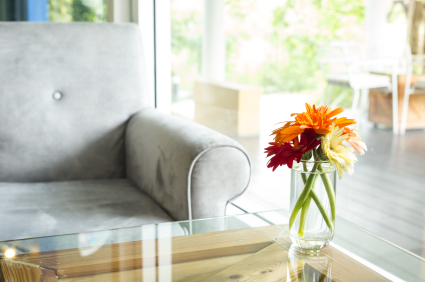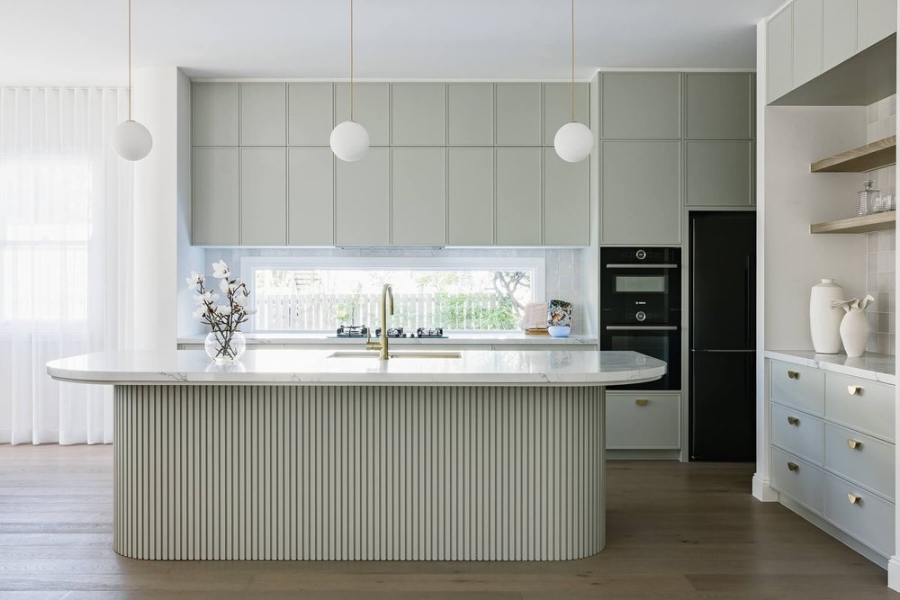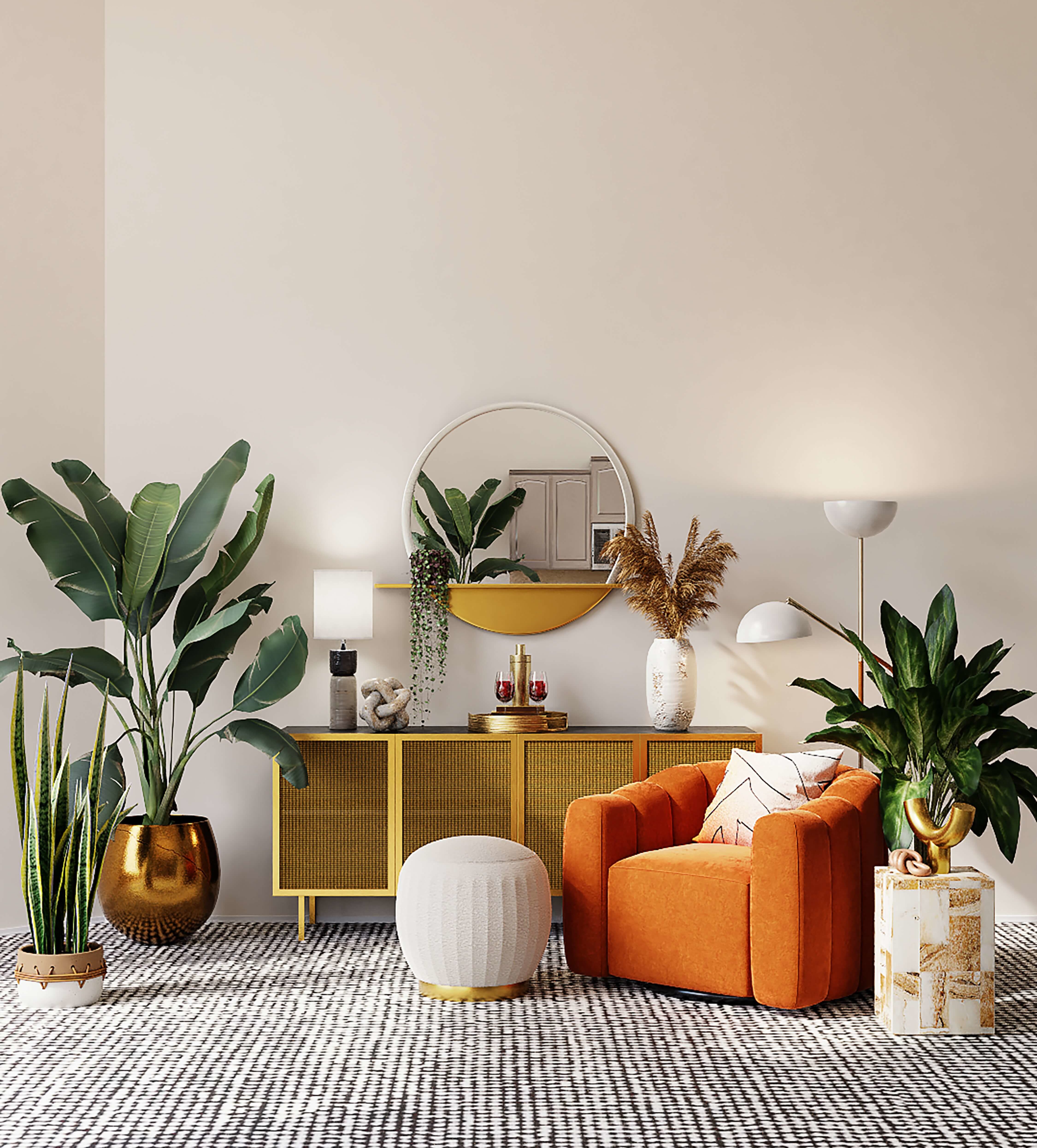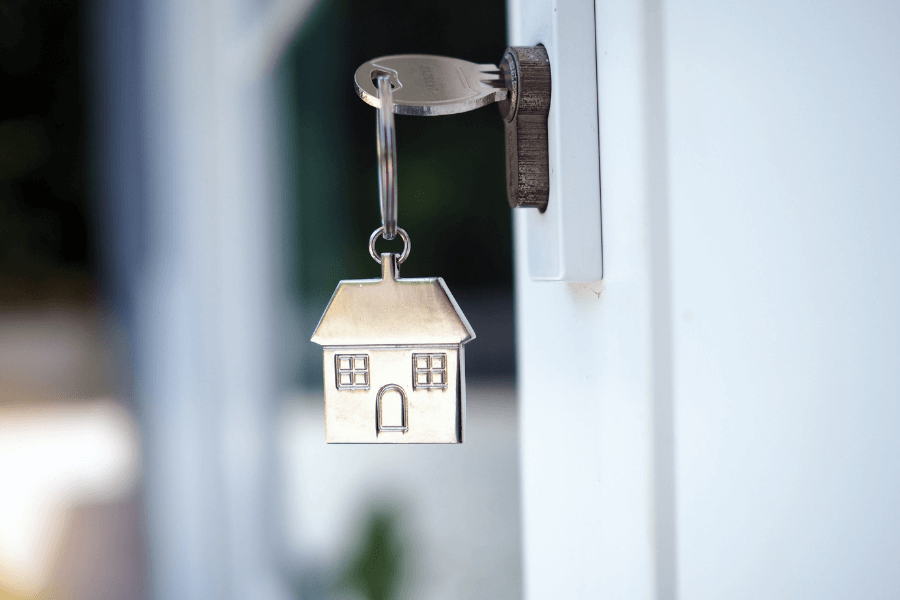One of the strongest ways you’ll be setting a tone for your home when decorating is with colour, which is also one of the most basic decorating elements that will be completely under your control. The most basic decisions involve cool—blue based—versus warm—red based—tones. Cooler colours do better in smaller, bright rooms and tend to add to a more formal atmosphere, while warmer colours make a room feel cosier, and can even add a feeling of energy to a space. Beyond that, there are a few other ideas to keep in mind when designing an overall palate for your home:
How to use the same colour: If you want to use the same wall colour or palate through several rooms, it’s important to pick the right one. You’ll need to work with the amount of natural light and type of artificial light you’re using, so look at how this varies throughout the rooms you’re doing and consider changing your artificial lights. Plants and wood finishes can help accent the rooms, and varying materials as well as colour shades will keep things form seeming too monotonous.
How to adjust a colour through the house: Use lots of chips or colour wheels to get a feel for what shades are available. Try to avoid using too much of the darker tones you pick, since they can get more overwhelming. You can also consider using a set of two or three complementary colours, rather than a single one, that all run through several rooms, but with the main colour shifting. Keeping unified elements is more important than keeping things all looking the same.

How to use neutrals: Neutral tones can help to set off a large piece of art, distinctive piece of furniture, or other major accent piece that might make a room with brighter colours feel too loud overall. Neutral accents, especially white, can also help to lighten up a room. A white-based palate will complement a modern, minimal style.
How to use accent colours: Accents should be in a shade that complements the main colour being used. Think about what’s missing from the room—is it too cold? Too dark? This is your chance to counteract those problems. This can also be a way to introduce variety if you’re using the same shade on your walls in different rooms.
How to use flooring: Even if you’re not using carpet, this is an important part of either offsetting or complementing other colours in each room, especially in a more open-plan area where the same flooring will likely run through several different rooms. Tile can give a more distinctive look than wood or laminate, though it can get expensive and you’ll need to be careful about how well it’s likely to hold up.
Starting out with an intended look, and a careful examination of what might work well in the space, are the most important first steps to figuring out what colour scheme to use in individual rooms and throughout the house. If you are having trouble picking the right colour, ask one of our local experts who may have design experience here





